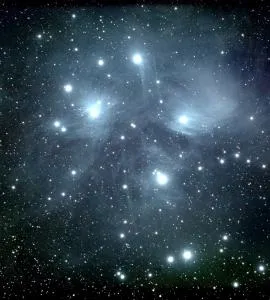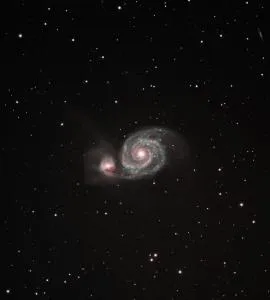Astronomy Print Store
Astrophotography by Richard Harris
M104 – Sombrero Galaxy, discovered in the late 18th century astrophoto from the remotely operated Chile 24" PlaneWave telescope by Richard Harris.
The Sombrero Galaxy gets its name because of its bright nucleus, large central bulge, and spiral arms, which make it resemble a sombrero hat. It's located approximately 28 million light-years away from Earth in the constellation Virgo.
It was discovered in the late 18th century by Pierre Méchain, a French astronomer, and later added to Charles Messier's famous catalog as the 104th entry - hence (M104).
The galaxy's nucleus is exceptionally bright, and it's believed to house a supermassive black hole that's about a billion times the mass of our Sun. It has a much higher number of globular clusters than our Milky Way. Estimates suggest it might have around 2,000 globular clusters, while the Milky Way has about 150-200.
One of the most striking features of the Sombrero Galaxy is the dark dust lane that encircles its bright nucleus. This dust lane is where new stars are being born.
The galaxy emits strong X-ray radiation, which is believed to be due to the supermassive black hole at its center as well as binary star systems where one of the stars has reached the end of its life.
The Sombrero Galaxy spans about 50,000 light-years across, which is roughly half the diameter of the Milky Way.
Details
| Product Type | Physical |
|---|---|
| Weight | 5 lbs 0 oz |
| Dimensions | 24in x 5in x 36in |
| Item# |
|---|

















